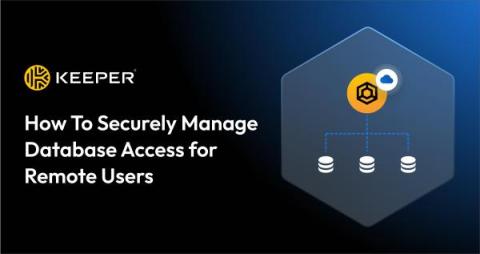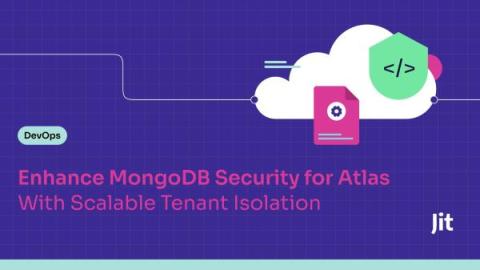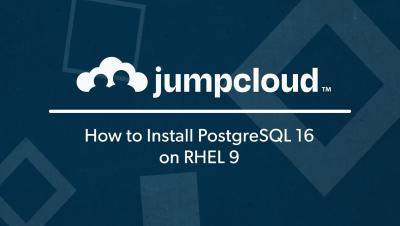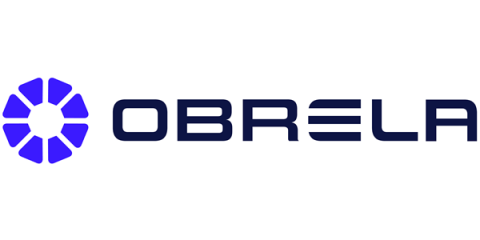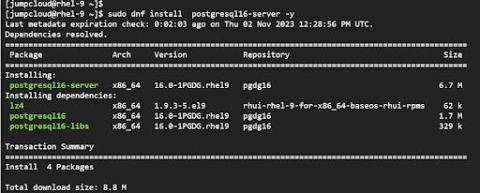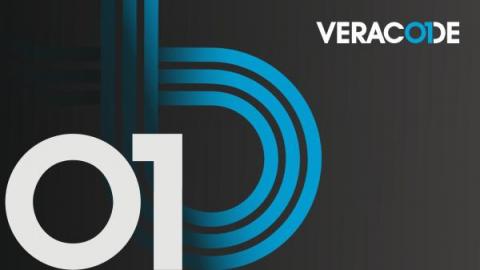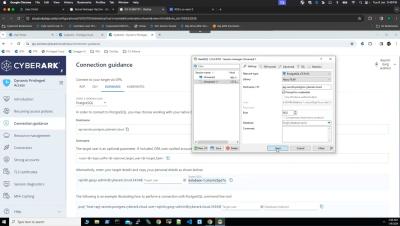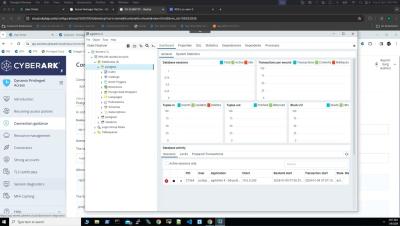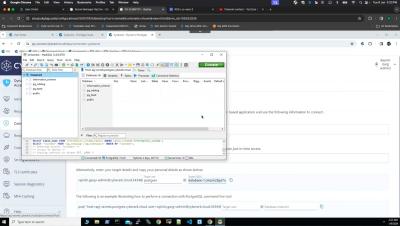How To Securely Manage Database Access for Remote Users
The best way to securely manage database access for remote users is by using a Privileged Access Management (PAM) solution. PAM solutions provide full visibility and control over database access to prevent privilege misuse, reducing the likelihood of an insider threat harming your organization.


